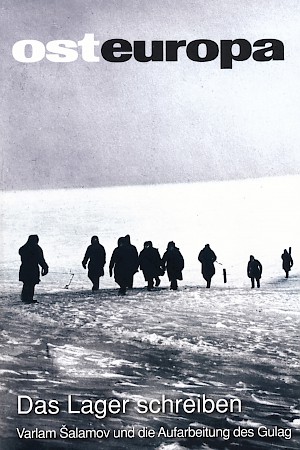The Gulag through the Prism of the Archives
Approaches, Insights, Results
Deutsche Fassung
Abstract
Since the first archival material became accessible in 1989 and 1990, knowledge about the Soviet camp system has grown considerably. The sources from within the Gulag bureaucracy itself now make it possible to clear up questions which were disputed for decades. In the early 1950s, at the peak of the camp system, 2.5 million people were in incarcerated, from 1930 to 1953, there were in all 20 million victims of repression. The significance of forced labour in the Soviet economy must be corrected downward. Its share of energy and industrial production never exceeded 8-10 percent. Its hall-marks were low productivity and disorganisation. Although the personnel files of the Ministry of the Interior and the secret police remain closed, initial studies about the perpetrators in the NKVD and Gulag nomenklatura have appeared. Of those who survived the Great Terror 1937-1939, none has ever been prosecuted.
(Osteuropa 6/2007, pp. 9–34)



